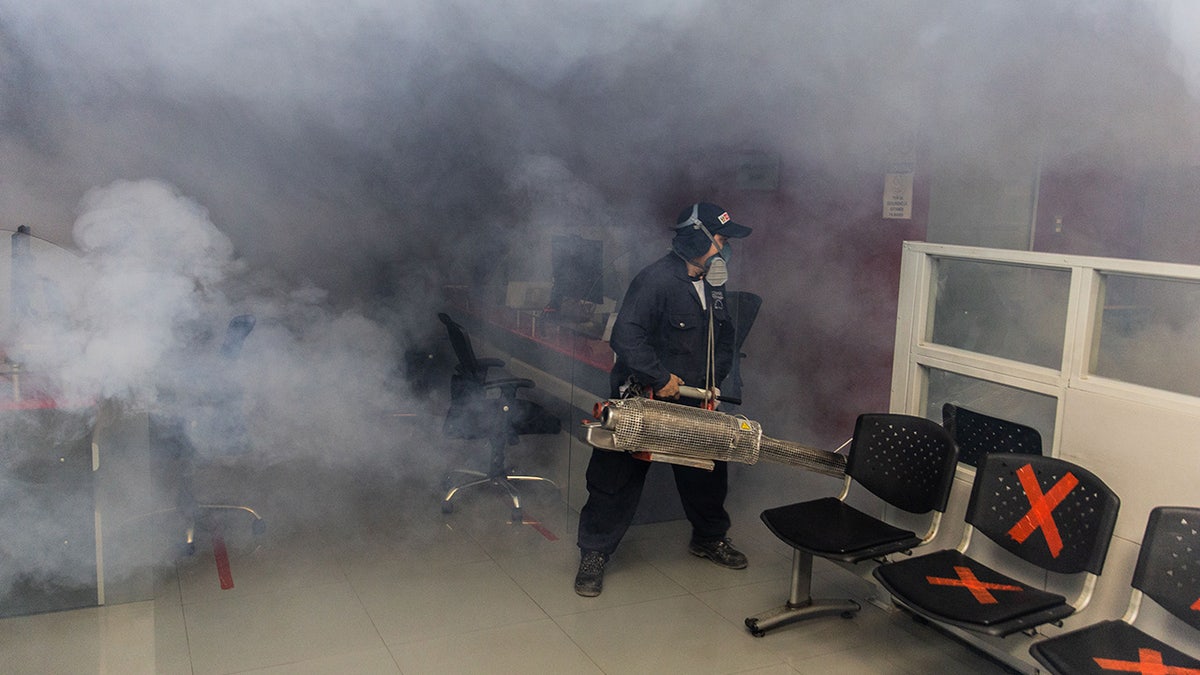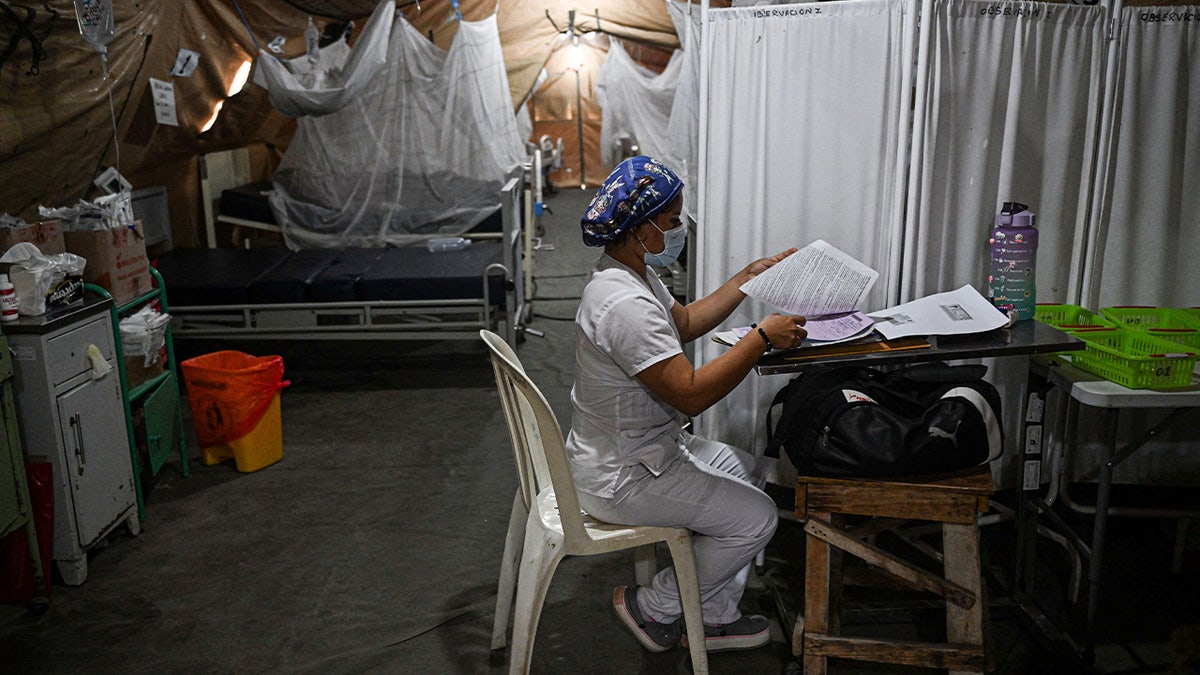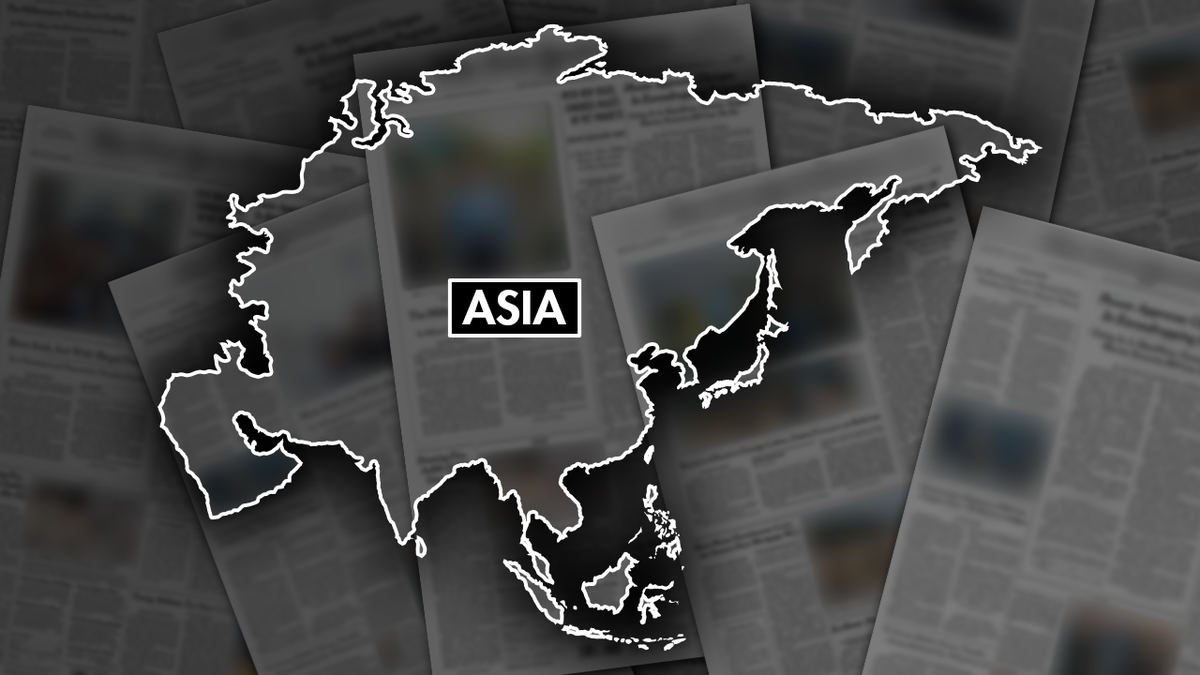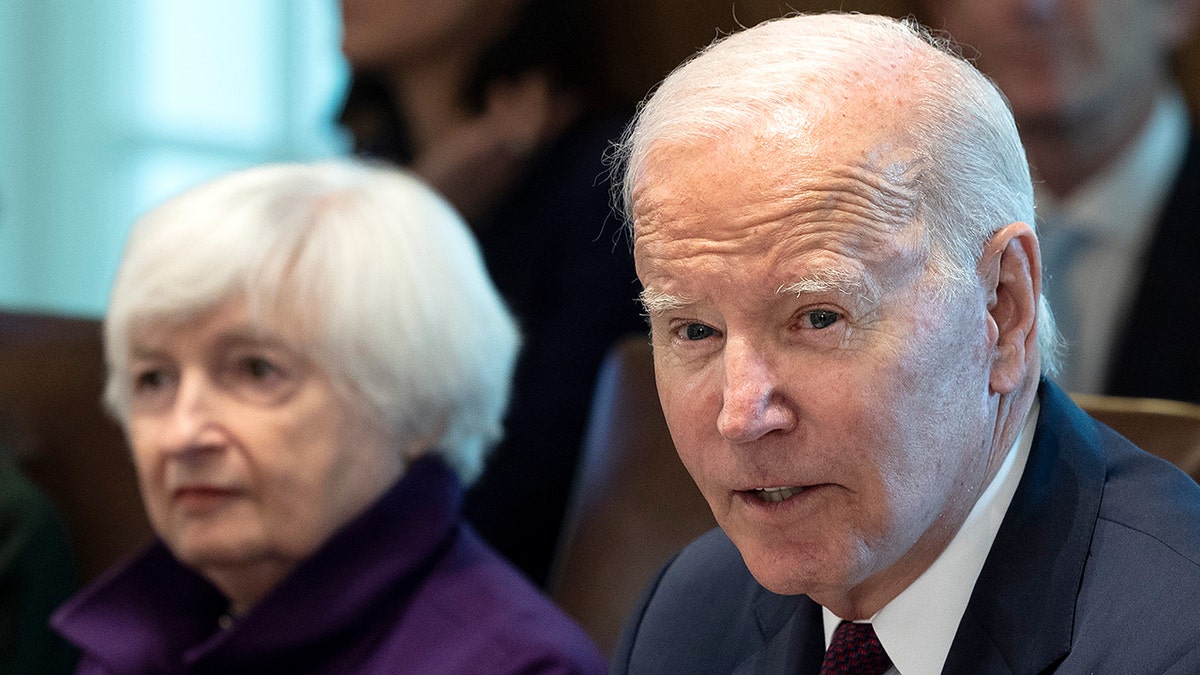Peru is grappling with its most severe dengue fever outbreak in recorded history, with over 130,000 cases and more than 200 fatalities. Health officials warn the situation could worsen as the El Niño climate pattern brings increased rainfall, creating ideal breeding grounds for the disease-carrying Aedes aegypti mosquito.
Dengue fever, a tropical disease transmitted through mosquito bites, can cause high fever, headaches, vomiting, muscle and joint pain, and in some cases, death. Images from Peru depict the strain on the healthcare system, with patients receiving treatment under mosquito nets in overcrowded hospitals.

Health authorities have identified El Niño, a cyclical warming of the Pacific Ocean, as a major factor contributing to the outbreak's severity. The phenomenon often leads to increased rainfall and flooding in affected regions, creating stagnant water where mosquitoes thrive. This year's El Niño is predicted to be particularly strong, raising concerns among scientists.

In response, the Peruvian government has declared a state of emergency in 18 regions and is urging citizens to eliminate standing water in and around their homes to curb mosquito breeding. Health Minister Rosa Gutiérrez emphasized the seriousness of the situation, stating, "Dengue kills...help me eliminate mosquito breeding sites."

The U.S. National Oceanic and Atmospheric Administration (NOAA) officially declared the arrival of El Niño in early June, following three years of the cooler La Niña pattern. Experts are particularly concerned about the potential impact of this year's El Niño, given that the last strong occurrence in 2016 resulted in the hottest year on record globally.

The current outbreak surpasses the 2017 figures of 68,290 cases and 89 deaths, highlighting the urgency of the situation.








